Understanding the intent behind human gestures is a critical problem in the design of gestural interactions. A common method to observe and understand how users express gestures is to use elicitation studies. However, these studies requires...


Understanding the intent behind human gestures is a critical problem in the design of gestural interactions. A common method to observe and understand how users express gestures is to use elicitation studies. However, these studies requires...

Abstract: We present Plex, a finger-worn textile sensor for eyes-free mobile interaction during daily activities. Although existing products like a data glove possess multiple sensing capabilities, they are not designed for environments where body...
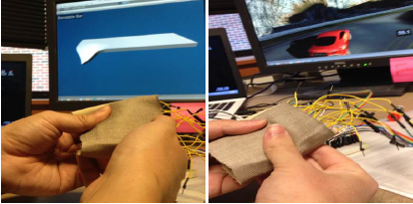
We present BendID, a bendable input device that recognizes the location, magnitude and direction of its deformation. We use BendID to provide users with a tactile metaphor for pressure based input. The device is constructed by layering an array of...

While much prior work has been done regarding sketching and its impact on design and a few on how to train engineers to sketch, there have been no prior studies in engineering to reduce inhibition to frequent sketching. This paper describes a...

The purpose of this study is to continue to explore which function identification methods work best for specific design tasks. Prior literature describes the top-down and bottom-up approaches as equivalent methods for functional decomposition....
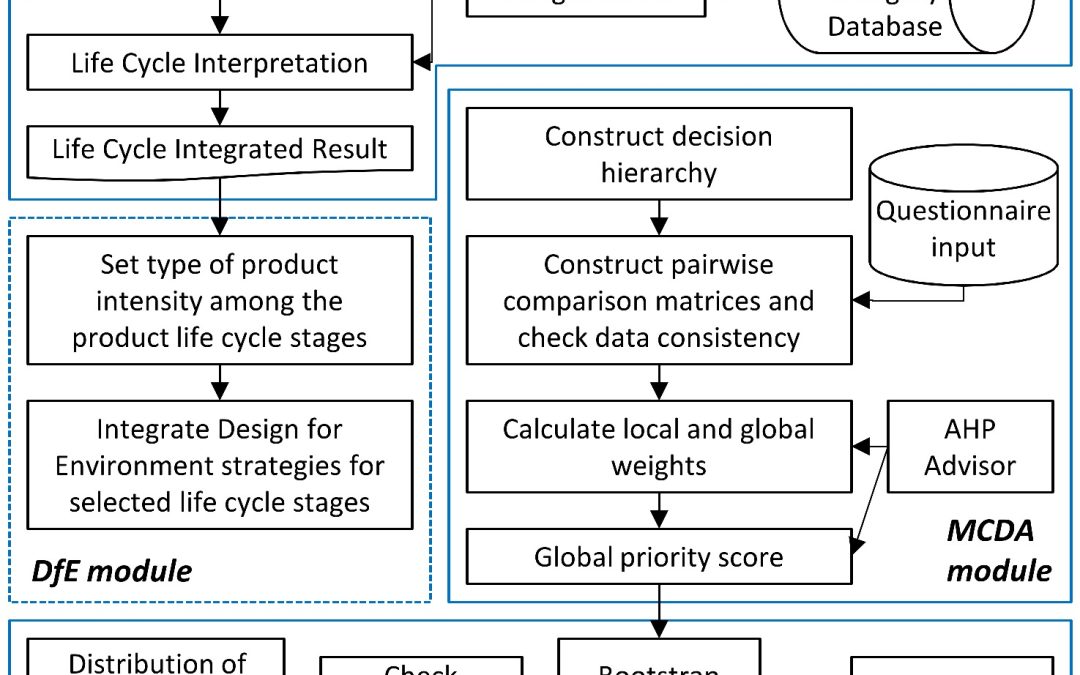
This paper describes a framework for applying design for environment (DfE) within an industry setting. Our aim is to couple implicit design knowledge such as redesign/process constraints with quantitative measures of environmental performance to...

Consideration of environmental sustainability is significantly altering the nature of the mechanical design process. This necessitates integration of sustainability related learning content in design engineering curricula. Although various...
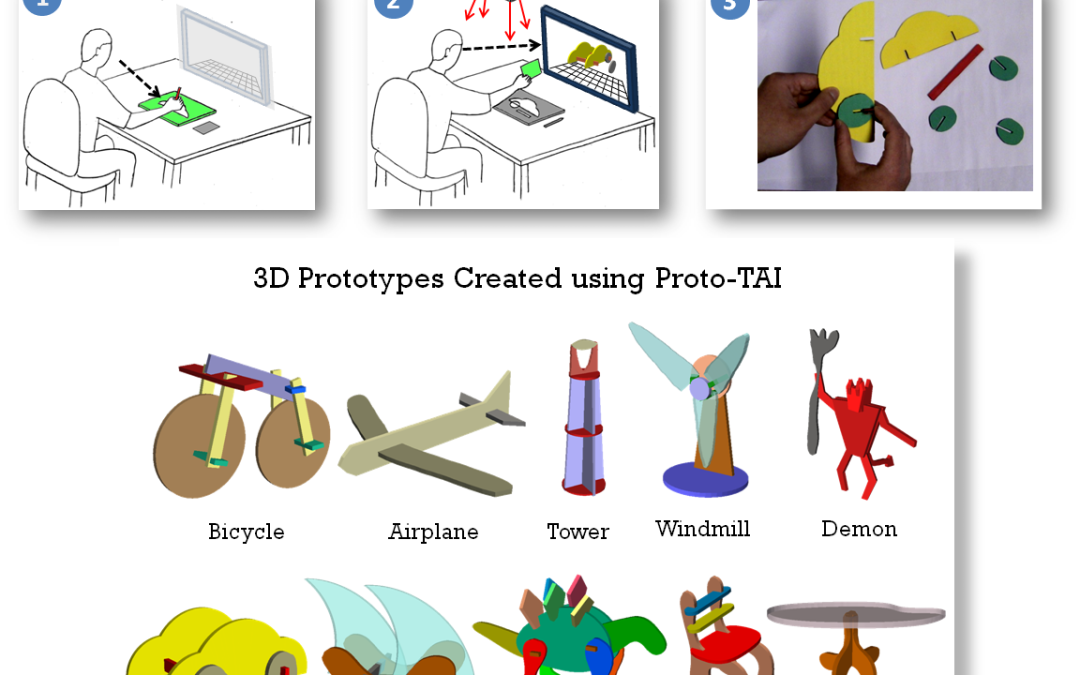
In the real world, we use our innate manual dexterity to create and manipulate 3D objects. Conventional virtual design tools largely neglect this skill by imposing non-intuitive 2D control mechanisms for interacting with 3D design models. Their...
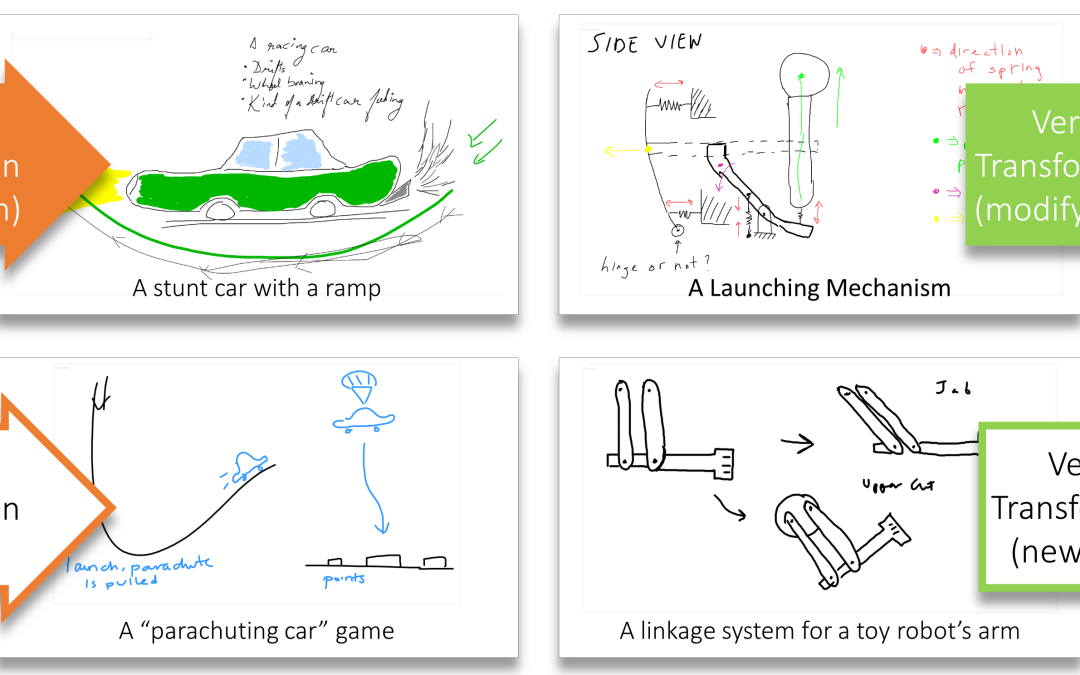
Sketching for conceptual design has traditionally been performed on paper. Recent computational tools for conceptual design have leveraged the availability of hand-held computing devices and web-based collaborative platforms. Further, digital...
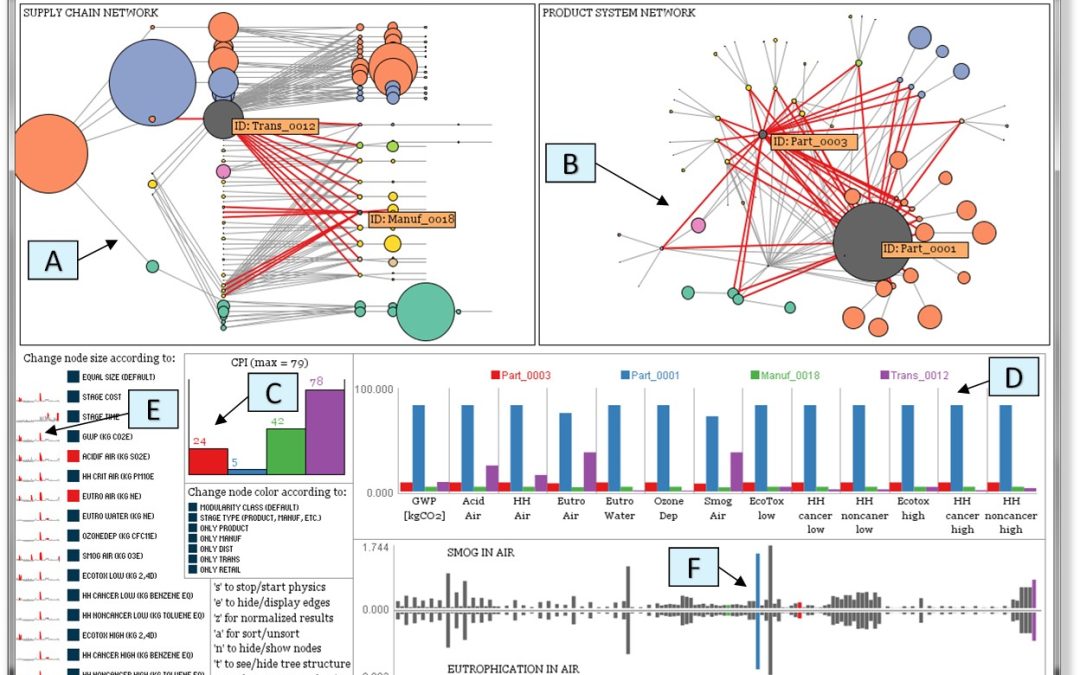
In this paper, we present ViSER, an interactive visual analytics platform that visualizes supply chain data for enabling eco-conscious redesign. ViSER provides a visualization dashboard consisting of multiple mutually coordinated views that provide...